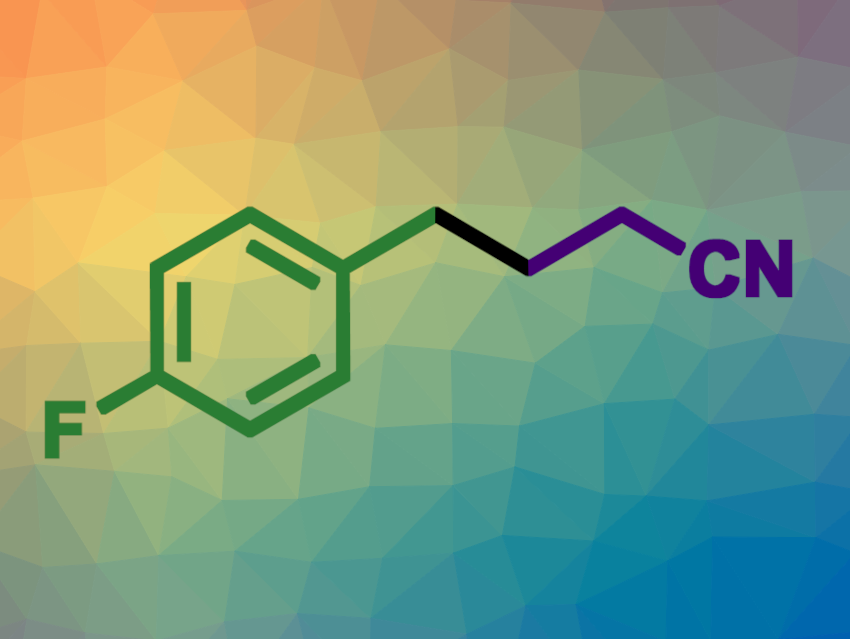Benzyl radicals are useful intermediates in organic syntheses. They can be generated, e.g., by the single-electron reduction of benzyl halides. However, different benzyl halides have different reduction potentials, which makes it challenging to fine general conditions for such a reaction.
Jimmie D. Weaver, III, Oklahoma State University, Stillwater, USA, and colleagues have developed a method to transform a broad range of benzyl halides into radicals for further reactions under a general set of photocatalytic conditions. This is enabled by the in-situ activation of the benzyl halides using lutidine, which substitues the halide and levels the reduction potentials. In a cooperative catalysis approach, this nucleophilic catalyst is then joined by an iridium-based photocatalyst, which reduces the resulting lutidinium salt. This is followed by fragmentation to give the desired benzyl radical.
The team used this method for the coupling of benzyl chlorides, bromides, and tosylates with electron-deficient alkenes. The coupling products were obtained in mostly high yields. The researchers propose that lutidine could also be useful in other, similar transformations.
- Cooperative Catalytic Coupling of Benzyl Chlorides and Bromides with Electron-Deficient Alkenes,
Roshini Hanumanthu, Jimmie D. Weaver,
Org. Lett. 2024.
https://doi.org/10.1021/acs.orglett.4c01413



